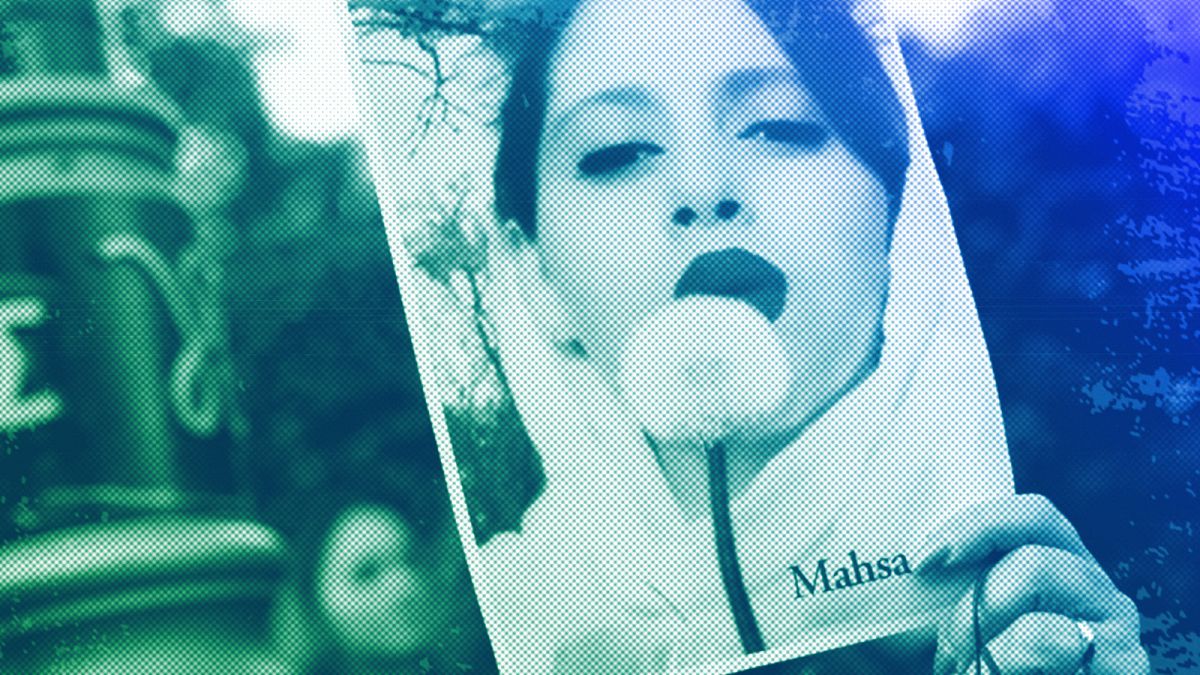Iran is currently at a pivotal moment in history, with the need to rebuild its image and identity more critical than ever. The death of Mahsa Jina Amini, a young woman who died after arrest by Iran’s morality police two years ago, sparked widespread unrest across the country. The protests began in her hometown of Saqqez and quickly spread to other cities and town, with a significant number of demonstrators being from Generation Z. Opposition groups formed a coalition and street protests in support of women and girls led to some temporary changes in government regulations. However, the movement eventually waned due to lack of unity among opposition forces and support from foreign powers.
Despite the unrest, the Iranian regime executed protesters and handed down heavy sentences to many others. The regime further isolated itself by supporting the Kremlin in the Ukraine war, leading to a collapse following the death of Ebrahim Raisi. The political situation in Iran became more unstable, with nuclear negotiations at an impasse and worsening economic conditions. The early presidential election brought a renewed sense of hope, with Massoud Pezeshkian assuming office and promising change. However, whether he can fulfill these promises and win the trust of the youth and women remains uncertain.
Pezeshkian’s presidency is seen as a calculated strategy to maintain the regime’s grip on power, with many questioning whether he can bring about real change or if it will be more of the same. The international community is watching closely to see if Iran’s standing on the international stage will improve through peacebuilding and dialogue among civilizations, rather than warmongering. As Europe’s relations with Iran become increasingly complicated due to the Ukraine war, Pezeshkian’s visit to New York will be a test of whether Iran is willing to make gestures of friendship towards concerned countries.
In the midst of the political turmoil, the “Woman Life Freedom” movement continues to resist mandatory hijab requirements, despite severe repression and government pressure. Major Kurdish parties have called for a general strike in the run-up to the anniversary of Amini’s death, with businesses in Kurdish cities closing in support of the protest. The movement shows the changing role of women in Iranian society, with women no longer being the subordinates they were once expected to be. The movement may have shifted in form, but it continues to push for women’s rights and freedoms in Iran.
In conclusion, Iran is facing a critical moment in its history, with the need to rebuild its image and identity for the future. The recent political changes in the country have brought a sense of hope, but the real test lies in whether the new leadership can bring about meaningful change and win the trust of the people. The international community is watching closely to see how Iran will navigate its relations with other countries, particularly in light of the Ukraine war. The “Woman Life Freedom” movement continues to push for women’s rights despite government repression, showing the resilience and determination of Iranian women in the face of adversity. Ultimately, the path forward for Iran lies in dialogue, peacebuilding, and a renewed commitment to human rights and civil liberties.










